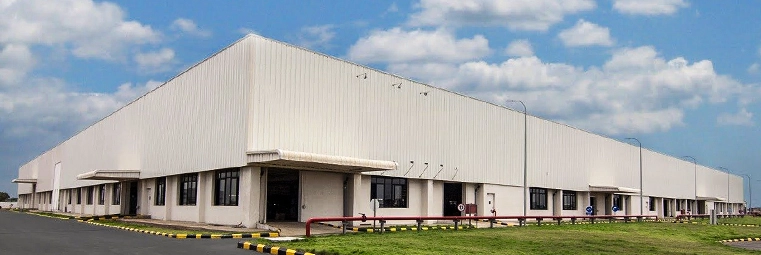
house formwork
Exploring the World of House Formwork Innovations and Techniques
When it comes to constructing buildings, one of the most critical components of the process is the formwork. This temporary or permanent mold is essential for shaping concrete as it sets, influencing the structural integrity and aesthetic appeal of a finished project. House formwork, in particular, plays a vital role in residential construction, providing the necessary support and shape for walls, slabs, and other structural elements.
The Basics of House Formwork
Formwork is a system that temporarily holds the concrete mixture in place until it cures and achieves its desired strength. It can be constructed from a variety of materials, including wood, metal, or plastic. The choice of material often depends on factors such as project size, budget, and required precision. In residential building projects, a well-designed formwork system is essential to achieving good construction quality.
Types of Formwork
1. Traditional Timber Formwork This is the most common formwork method used in residential construction. Timber formwork is typically made from plywood or other types of lumber. While it offers flexibility in design and is relatively inexpensive, it has limitations regarding durability and labor intensity.
2. Metal Formwork Metal formwork is increasingly popular for its sustainability and reusability. Made from aluminum or steel, it can be used multiple times, making it a cost-effective option over the long run. Metal formwork systems tend to offer greater precision and a smoother finish than timber.
3. Plastic Formwork Lightweight and easy to handle, plastic formwork has emerged as a viable alternative in small to medium-sized projects. Its modular design allows for easy assembly and disassembly, making it suitable for various shapes and sizes in residential buildings.
4. Permanent Formwork This innovation remains in place after the concrete has cured. It often takes the form of insulated concrete forms (ICFs) or wall panels, providing both structural support and insulation. Permanent formwork significantly enhances the energy efficiency of homes while also simplifying the construction process.
Innovations in House Formwork
house formwork

The construction industry has seen remarkable advancements in formwork technology, enhancing efficiency and safety. Some notable innovations include
- 3D Printing While still in its infancy, 3D printing technology is being explored for concrete formwork. This approach allows for the rapid creation of custom designs and complex geometries, revolutionizing the way we build houses.
- Robotic Formwork Automation in construction is becoming a reality. Robotic systems can help assemble and disassemble formwork more quickly and safely, ultimately reducing labor costs and minimizing human error.
- Smart Formwork Incorporating sensors and IoT technology into formwork systems allows for real-time monitoring of environmental conditions, concrete curing, and structural integrity. This innovation enhances project safety and quality control through data-driven decision-making.
The Future of House Formwork
As urbanization continues to rise, the demand for efficient, effective, and sustainable construction methods grows correspondingly. The future of house formwork lies in embracing these innovations and finding new ways to enhance traditional methods. By combining the best aspects of different formwork systems and integrating technological advancements, the industry can approach construction more holistically.
Furthermore, as sustainable building practices gain traction, there will likely be a greater emphasis on using recyclable materials and minimizing waste in formwork production. Innovative designs will also prioritize energy efficiency, ensuring that formwork not only supports the structure but also contributes positively to the environment.
Conclusion
House formwork is an essential aspect of residential construction that significantly impacts overall building quality and efficiency. With ongoing advancements and innovations in formwork technology, the future looks promising for builders, architects, and homeowners alike. Emphasizing sustainability, efficiency, and smart technology will ensure that formwork remains a pivotal component in the evolution of the construction industry. As we embrace these changes, we can look forward to a built environment that not only meets current demands but also anticipates future challenges.
-
The Importance of Reinforcement Bar in ConstructionNewsJul.11,2025
-
The Durability of Timber Steel FurnitureNewsJul.11,2025
-
How to Assemble Fixed Clamp Scaffolding SafelyNewsJul.11,2025
-
Essential Column Rebar Specifications for High-Rise BuildingsNewsJul.11,2025
-
Common Applications of Steel Keels in ConstructionNewsJul.11,2025
-
Benefits of Using Aluminum Scaffolding Ladders Over SteelNewsJul.11,2025
-
Stainless Steel Keel: Analysis of the Triple Advantages of Rigidity, Stability, and LightweightNewsJun.19,2025










